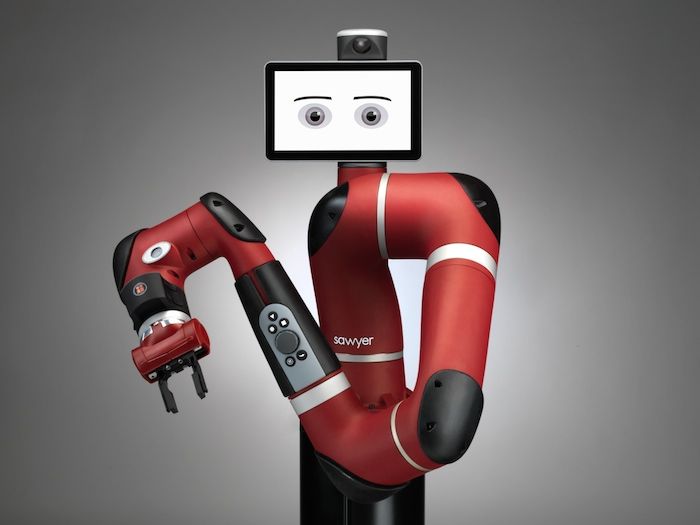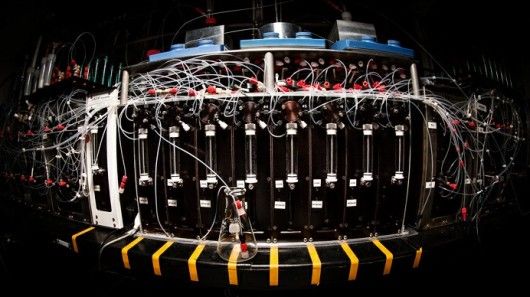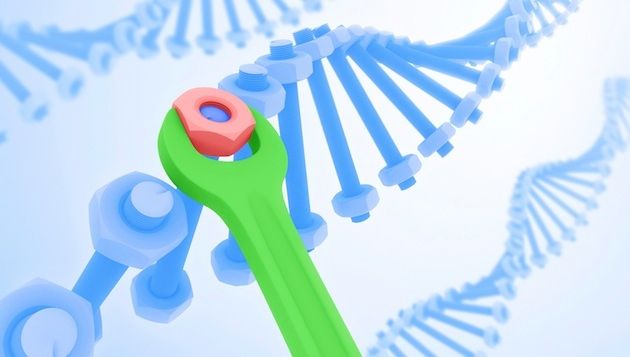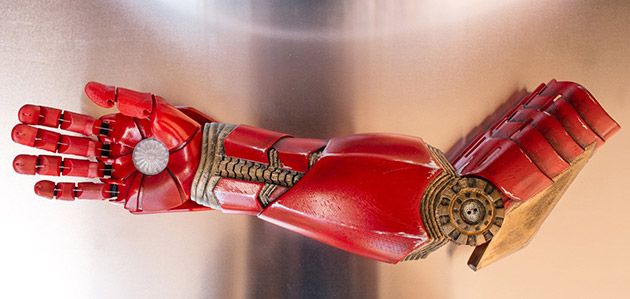Intel — Wired

Passwords, as they exist now, don’t work. They are the keys with which we lock up everything from our gaming profiles to our personal documents and financial access, and the truth is they just aren’t that secure. For starters, humans are terrible at choosing passwords. “Password” and “123456” were still the two most common passwords used in 2014—despite years of warnings against precisely that.
To force us to use more unique, less obvious keys, many of the sites we frequent make us choose passwords that combine letters and numbers, and sometimes even special characters (such as ! or @). But that raises another issue—complexity. With dozens of online accounts per person, it’s hard to keep track of all the different variations of passwords needed to access them. No wonder too many people (55 percent of adults, according to a study from the UK’s Ofcom) still reuse the same password between most, if not all, of the sites they visit.
Read more








